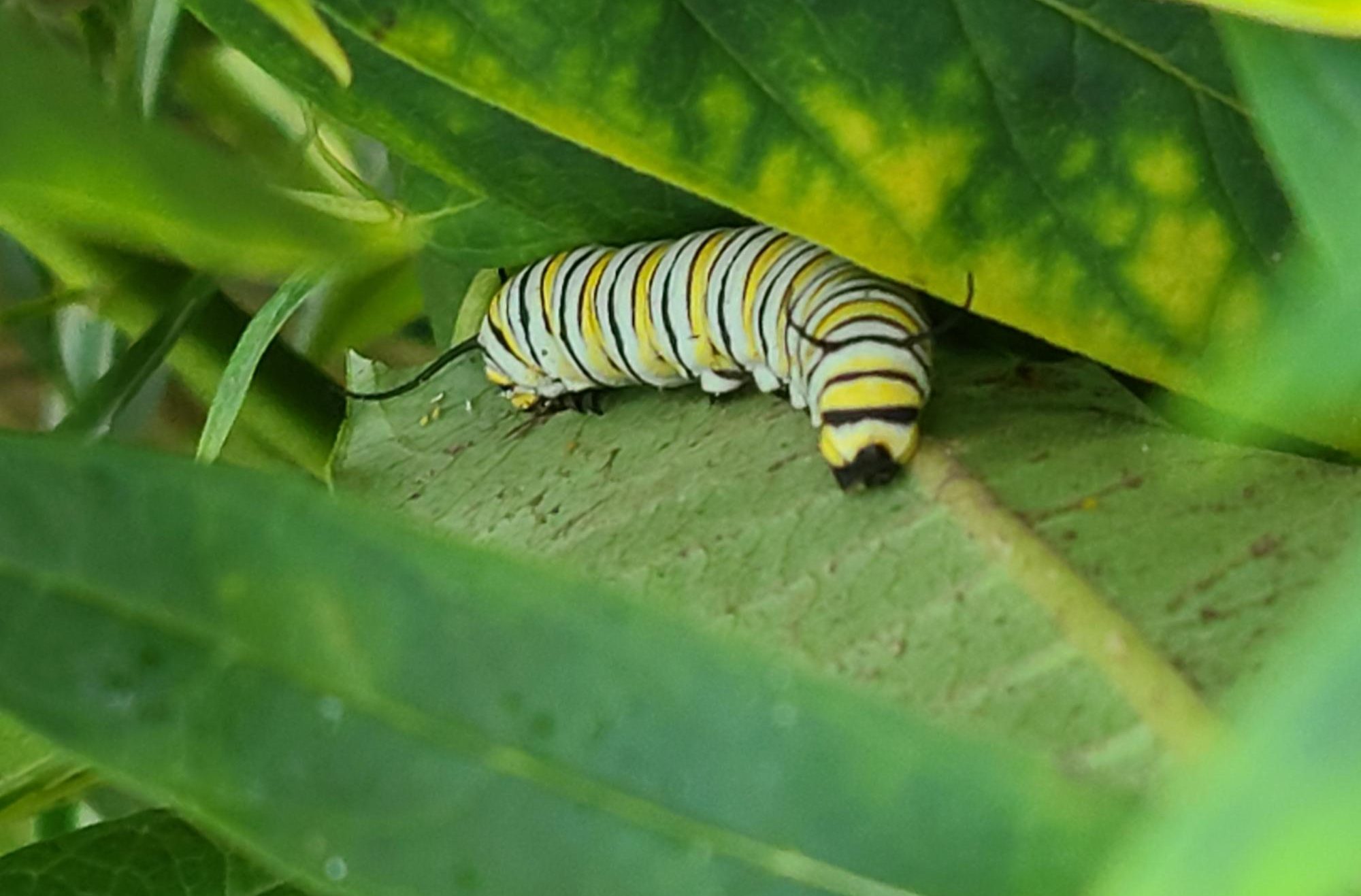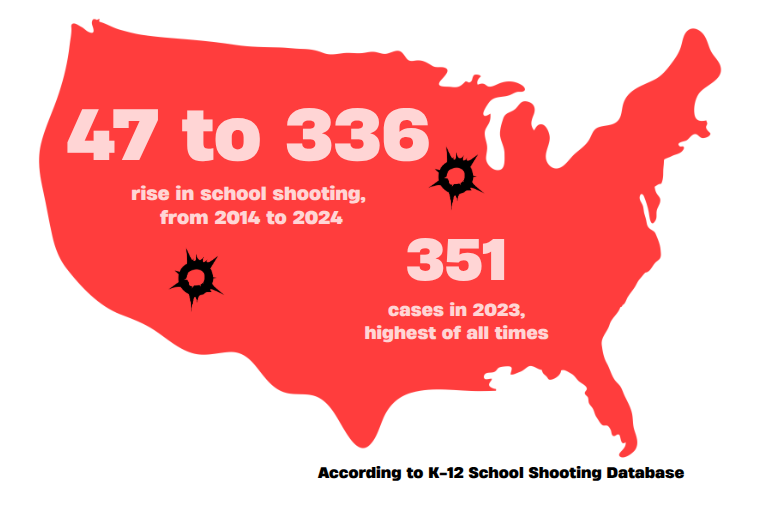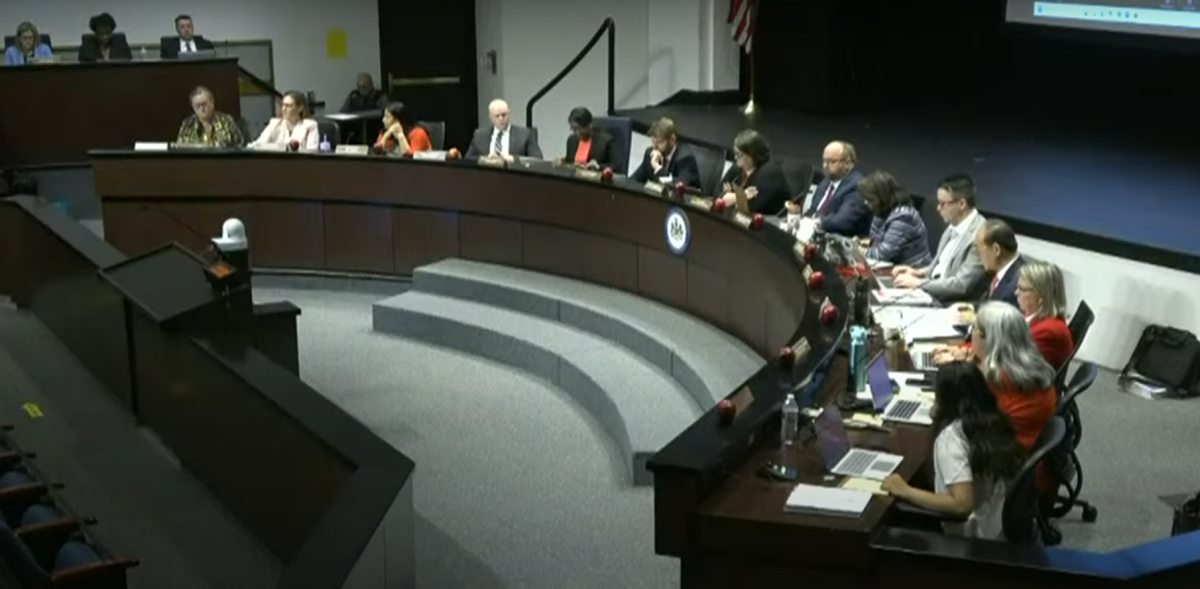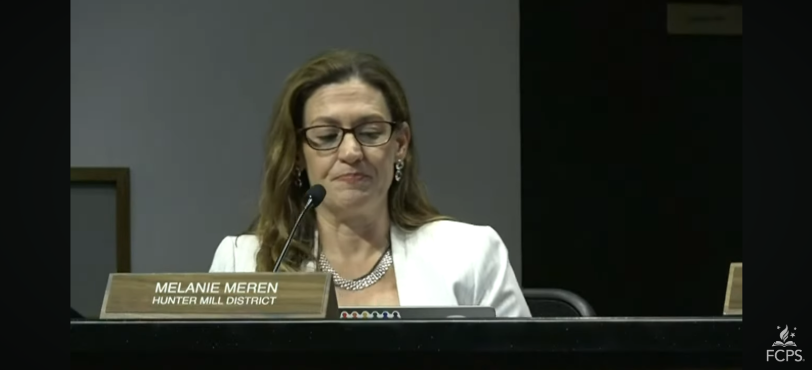Fluttering wings and cocoons visit Fairfax County every spring to September, brought by the monarch butterflies (Danaus Plexippus). While they are still spotted in Fairfax County, according to the Center for Biological Diversity, the monarch population has declined over the last few decades.
According to Fairfax County, the milkweed population of Northern Virginia is dominated by one type, called common milkweed (Asclepias Incarnata). Not only is there low biodiversity, but its eastern population count has lowered by 90%. Milkweed is both a food source for butterflies and a dying habitat, which has impacts on the ecosystem of Fairfax.
“Milkweed is the only plant they’ll eat– that’s where they [monarchs] get their alkaloids,” biology teacher Dr. Peter Bouwma said.
Alkaloids are a class of poisons that are in plants. Butterflies have evolved to eat milkweed and absorb its poisonous alkaloids, creating a natural defense against predators. However, these tactics have their drawbacks – it’s created an over-reliance on milkweed.
“They also require them to lay their eggs,” Bouwma said, “and there have been fields of milkweed rolled and paved over.”
Only five percent of eggs hatch, while the rest of them are eaten by spiders and insects. In order to combat this, Fairfax County and FCPS have launched a myriad of programs.
“It’s part of the second grade curriculum,” second grade Brookfield Elementary teacher Tracy Foster said. “We raise monarchs and release them, [we also talk about] migration cycles and plant life cycles.”
Second graders take part in an ecology unit, called “Monarchs, Milkweed and Mexico.” The unit uses a milkweed garden, which contains common and butterfly milkweed, both native to Fairfax County.
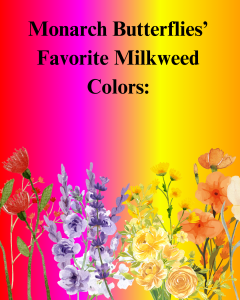
Some community and park gardens like the Northern Virginia Regional Park are also monarch waystations, which are areas with milkweed where monarchs can rest, reproduce and feed. These gardens often use native and flowering plants that provide year-round food to pollinators.
“[I’d suggest to] have native plants and don’t have the grass monoculture in the yard,” Dr. Bouwma said. “Stuff you do for monarchs will also be good for insects that stick around year-round.”
Monoculture is the cultivation of one crop in a plot of land. According to the European Union, one type of crop always growing in an area deprives the soil of its nutrients, which harms the whole ecosystem. By having one food source, animals will be deprived of nutrients; what benefits monarchs will help the whole ecosystem.
“Plants wouldn’t be able to reproduce or spread without pollinators,” gardening club president Arienna Sudama Saroop said. “Milkweed especially can help monarch butterflies grow and reproduce.”

